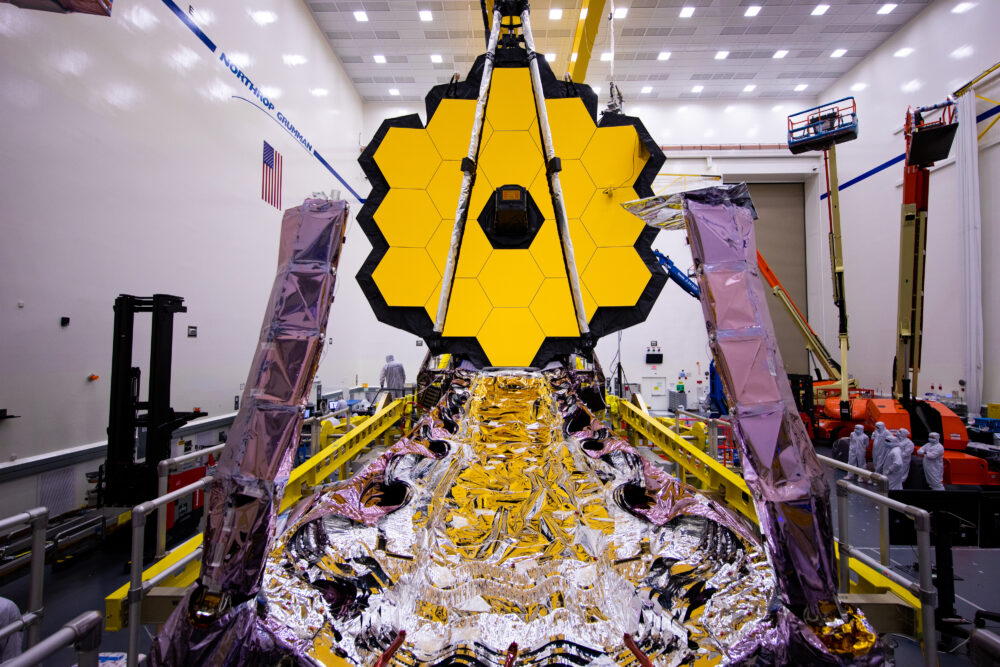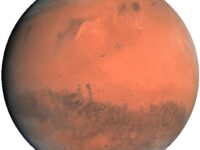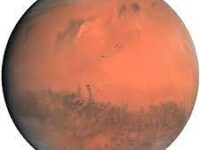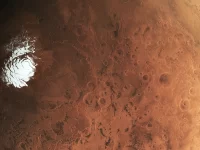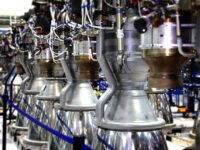When you look up at the night sky, how many light-years do you think you’d be able to see into space? 1 million? 2 million? In contrast, the James Webb Space Telescope (JWST) is able to see a whopping 13.6 billion light-years deep. It’s NASA’s most powerful telescope to date, built to help us understand the history of the universe.
On July 12, 2022, NASA released JWST’s first five images of space, observing the Carina Nebula, WASP-96b, the Southern Ring Nebula, Stephen’s Quintet, and SMACS J0723.3-7327. These cosmic objects had been observed by JWST’s predecessor, the Hubble Space Telescope, but not with such clarity and precision.
JWST uses infrared light, rather than Hubble’s optical and ultraviolet, which aids in seeing objects that are farther away due to the concept of “redshifting.” As the universe expands, radiation from distant light sources experiences redshifting: an increase in the wavelength of electromagnetic radiation. Redshifting causes the light from these sources to move into the infrared spectrum, right where JWST can detect it. This also allows for “crisper” images, as cosmic dust absorbs visible light, but not infrared light.
But if JWST captures light from the infrared spectrum, how can we even see the images? After all, humans can’t actually detect infrared light.
This is where a bit of photo manipulation comes into play. It’s not as if NASA “faked” the images — more so that they shifted the radiation into a different wavelength that we can perceive. The shortest infrared wavelengths are translated as blue, while the longest of the wavelengths are assigned as red. Measurement results in a lot of data that needs to be processed, so it can take months for scientists to process an image.
JWST’s physical design was also intended to optimize its image-capturing capabilities, with a primary mirror size of 6.5 meters in diameter. This mirror is actually made up of 18 individual hexagonal mirrors organized in a parabolic shape. Each individual mirror, when moved into place, creates an image focused on one object. The unique shape of the JWST mirrors is actually the reason why you can see bright spots with 6 spikes coming out of them — the supports used to hold the mirrors in place cause diffraction spikes. The mirrors themselves are made out of gold-coated beryllium in order to increase the reflection, as well as to reduce reactivity with other materials. Images are collected by taking the light from the original reflected image and bouncing it off another mirror into the telescope’s instruments. Then, the telescope feeds the light into a camera, giving us those breathtaking glimpses into the past.
But if the JWST captures light from the infrared spectrum, how can we even see the images? After all, humans can’t actually detect infrared light.
JWST sits almost a million miles away from Earth. In comparison, the Hubble Space Telescope orbits about 340 miles above Earth. According to NASA, JWST is able to stay relatively anchored to a general position with respect to Earth with very minimal use of fuel for orbit corrections because it sits at one of the Earth-moon Lagrange points: “areas where gravity from the sun and Earth balance the orbital motion of a satellite.” There are five Lagrange points, and the JWST is placed at Lagrange two (L2). This location has other benefits, such as improving image quality and the effectiveness of light detection. L2 makes it so that JWST can view space without Earth’s interference. In addition, its distance from Earth makes it so that it can be kept at the coldest temperature possible. Infrared light is also known as heat radiation, so a colder telescope gives NASA a higher chance of detecting dim objects that are far away.
We know that JWST is able to produce amazing images of space, but there are many implications for the future of space research. Not only will we be able to get a more comprehensive grasp on the scope of our universe, but we’ll also be able to understand more complex cosmic phenomena. Thanks to JWST, we’ll be able to puzzle together what space really looks like, one snapshot at a time.
Image courtesy of Wikimedia Commons
